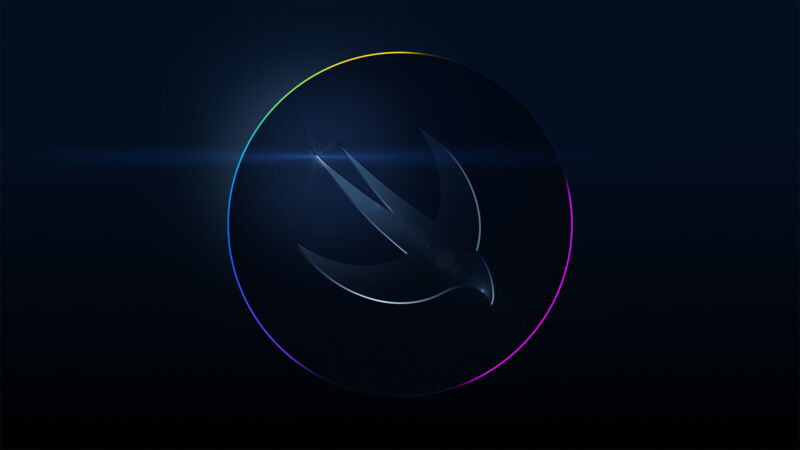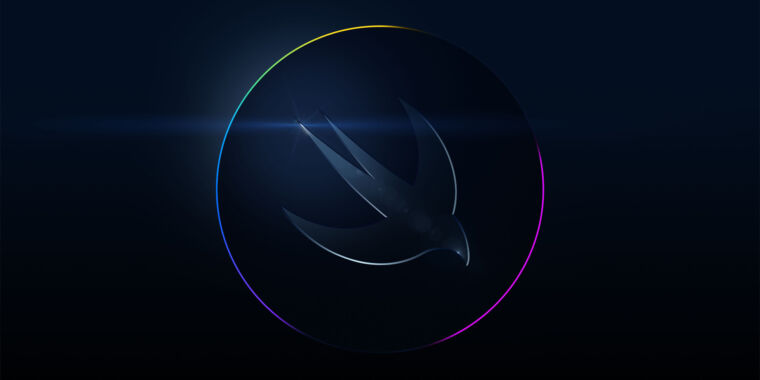
June 6 marks the beginning of Apple’s annual developer conference, WWDC. The weeklong event will kick off with a keynote at 10 am PST on Monday loaded with announcements about new software features across Apple’s various platforms.
For the first time since before the COVID-19 pandemic started, there will be a significant in-person audience for WWDC, too. And there will be countless sessions during the week on programming APIs, Swift features, and so on. But for most people around the world, new operating systems and hardware announcements are the main draw—and we’ll see a few of those during the keynote on Monday.
It’s important to note that WWDC isn’t typically focused on product announcements for consumers. It’s a place where Apple introduces new technologies and tools to developers.
Over the years, there have been some exceptions, and while new announcements for developers are typically about software, they’re sometimes about hardware, too.
Any new hardware will likely be Mac desktops or laptops or new categories that Apple wants developers to start supporting.
So what exactly do we expect? Let’s start with operating system updates.
iOS and iPadOS 16
As has usually been the case for the past few years, we expect the next major release of iOS to be the star of the show at WWDC.
Last year, we knew a bit about what to expect from iOS 15 before it was announced, but there’s less to go on now. The best source we have is a recent email newsletter by Bloomberg’s Mark Gurman, who claimed to know of some of the upcoming changes. He wrote that the iPhone could get a Samsung Galaxy-like (or Apple Watch-like, of course) always-on lock screen display. It would dim the display and cap its refresh at 1 Hz to save battery while still showing essential information.
Gurman also wrote that iOS 16 would feature updated Health and Messages apps, plus general user experience improvements, but didn’t go into much detail. In another newsletter, Gurman wrote that Apple plans to revamp notifications in iOS and iPadOS.
We also know that several new accessibility features will come to iOS, thanks to a blog post that Apple published last month. That includes machine learning-driven features like door detection for blind or low-vision users and live captions for FaceTime calls.
On the iPad side, a Bloomberg report added to a pile of recent claims that Apple will overhaul multitasking on the iPad to try to make using one more comparable to a laptop experience. That supposedly includes Mac-like resizable windows in some form or another. That said, multitasking limitations weren’t the main reason we noted that the iPad isn’t ready for heavy-duty productivity in our recent iPadOS reviews. Rather, it’s all the little stuff, like audio source management.
But Apple may address those things in the new version of iPadOS, too. If Apple does, we’ll hear a lot about it next week.
macOS 13
Apple will definitely announce a new version of macOS at WWDC, but we don’t know much about the update. Once again, the best source we have is Bloomberg reporter Mark Gurman’s newsletter, which claims Apple will overhaul the System Preferences pane in macOS to make it more like the one seen in iOS—yet another step in a long series of changes that align macOS more closely with the iPhone software.
We’ll likely also see various updates and redesigns to built-in apps like Notes or Safari, plus several new accessibility features. Beyond that, your guess is as good as ours, but we’re not expecting this to be a particularly notable update compared to some others.








